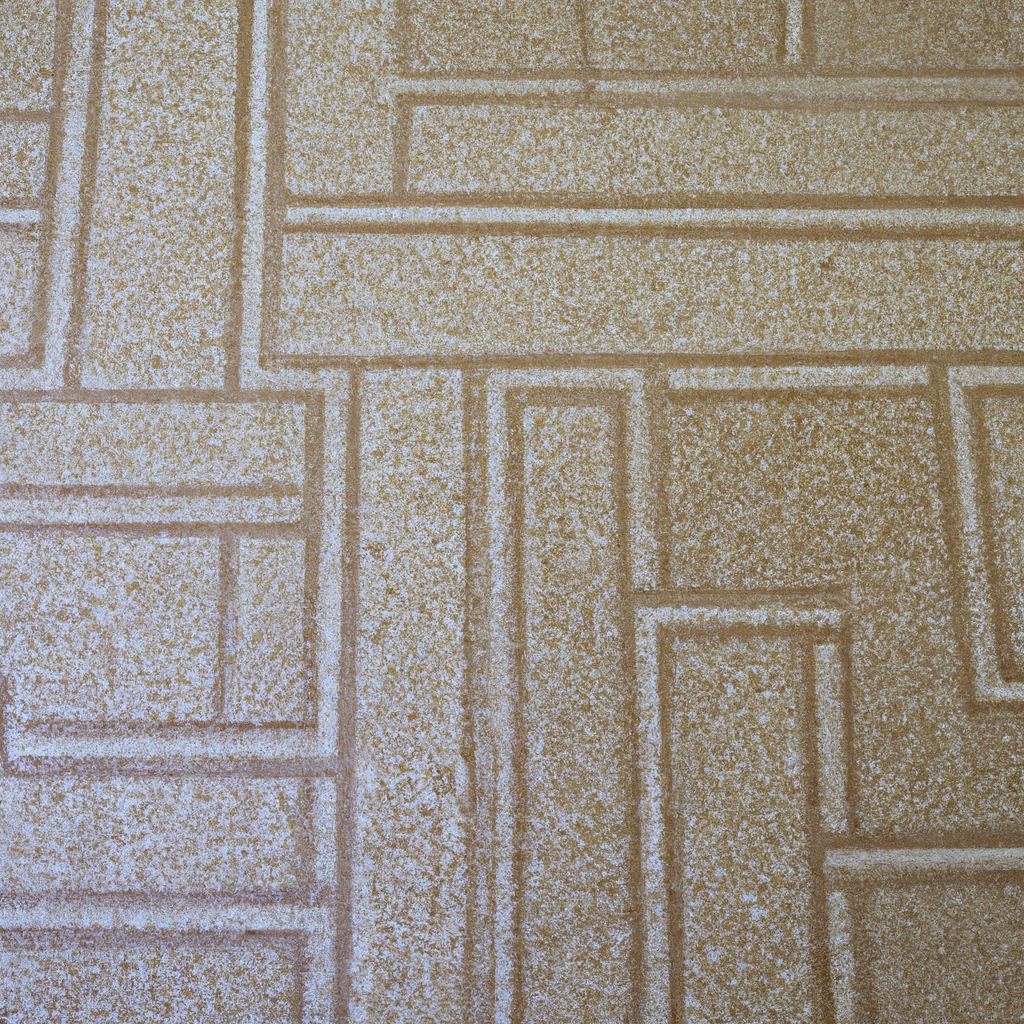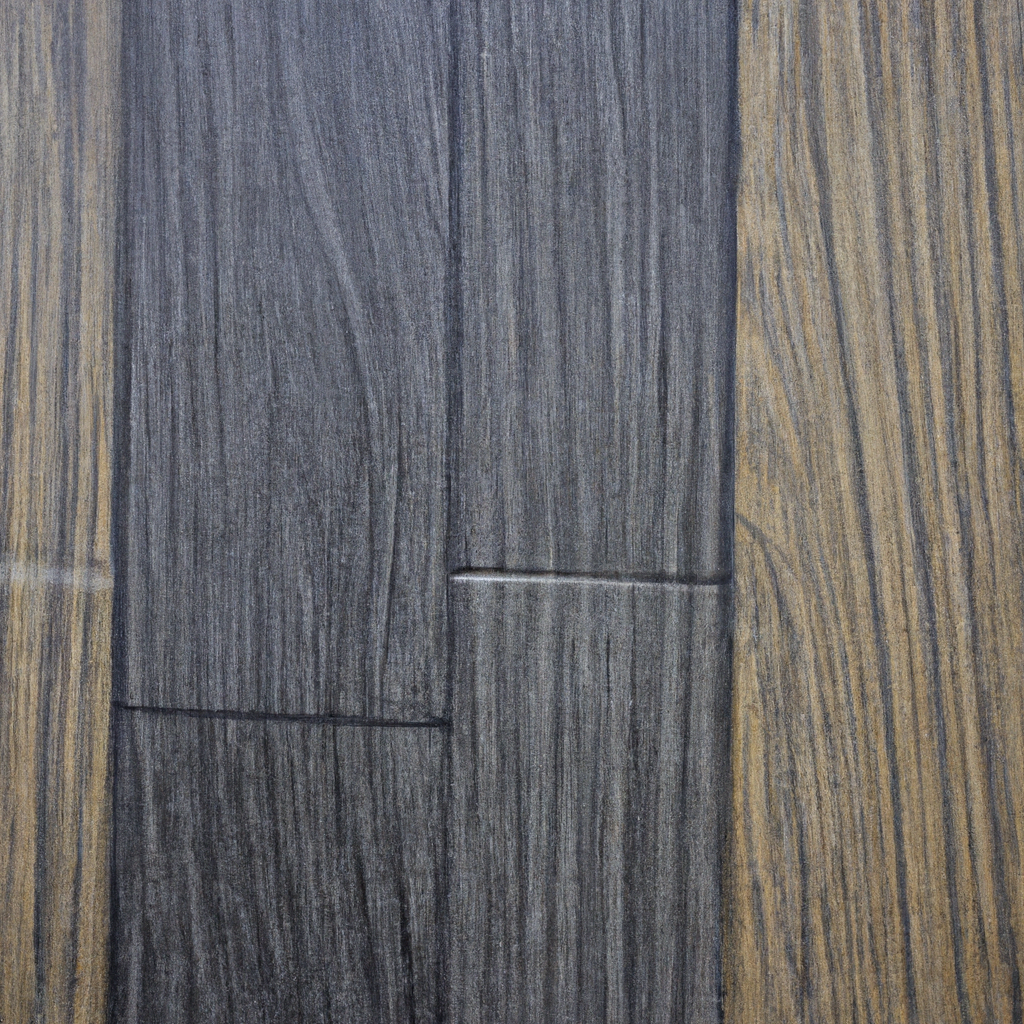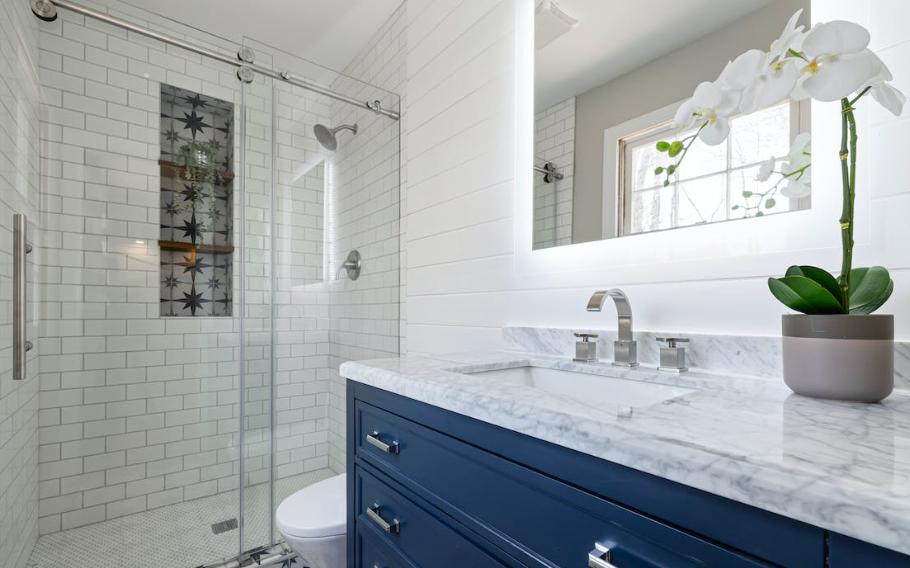In the ever-evolving landscape of interior design, trends come and go, but some classics manage to find their way back into the limelight. One such trend that has resurfaced with remarkable charm is lino flooring. Rooted in history and known for its durability, lino flooring has experienced a notable resurgence in contemporary design circles, adding a touch of nostalgia and warmth to modern spaces. In this article, we’ll delve into the various aspects that make lino flooring a sought-after choice, its seamless integration into contemporary aesthetics, and why it’s worth considering for your next interior makeover.

The Charm of Lino Flooring
Durability and Longevity
Unlike fleeting design fads, lino flooring boasts a reputation for durability that has stood the test of time. Made from natural materials like linseed oil, pine resin, and wood flour, lino flooring is not only tough but also resistant to wear and tear. This durability translates to a longer lifespan, making it a sustainable choice that minimizes the need for frequent replacements.
Eco-friendly Nature
In an era of heightened environmental consciousness, lino flooring aligns perfectly with the quest for sustainable materials. Crafted from renewable resources, it biodegrades over time, leaving behind a minimal ecological footprint. This eco-friendly attribute makes lino flooring a popular choice for environmentally conscious homeowners.
Aesthetically Pleasing Retro Look
The retro charm of lino flooring lies in its unique visual appeal. Available in a spectrum of colors and patterns, it effortlessly captures the essence of bygone eras while seamlessly blending with contemporary design elements. From subtle pastels to bold geometrics, lino flooring offers endless opportunities for personal expression.
Lino Flooring Varieties
Sheet Lino vs. Tile Lino
Lino flooring comes in two primary forms: sheet and tile. Sheet lino, as the name suggests, is a continuous roll that can cover large areas with minimal seams. On the other hand, tile lino provides flexibility and allows for creative patterns through individual tile placements. Choosing between the two depends on the space’s layout and your design preferences.
Color and Pattern Options
One of the most exciting aspects of lino flooring is the vast array of colors and patterns available. Whether you prefer a retro checkerboard design, a floral motif, or a more understated solid color, lino floor offers choices that can complement any interior theme. This versatility makes it a favorite among designers seeking distinctive flooring solutions.
Lino Flooring Installation
Preparation of the Subfloor
Before installing lino flooring, proper subfloor preparation is crucial. The subfloor needs to be clean, smooth, and level to ensure a seamless installation. Any imperfections in the subfloor can affect the appearance and longevity of the lino.
Installation Process of Sheet and Tile Lino
Installing lino flooring requires precision and care. For sheet lino, it’s essential to measure the space accurately and cut the sheet accordingly. Tile lino installation involves adhesive application for each tile, requiring attention to alignment and spacing. Both processes demand patience, but the end result is a stunning floor that will last for years.
Combining Lino with Contemporary Design
Integration with Minimalistic Interiors
Lino flooring might be associated with retro aesthetics, but it’s surprisingly versatile when combined with minimalist interiors. Its clean lines and subtle textures create a harmonious balance in modern spaces, adding a touch of character without overwhelming the design.
Lino Flooring in Kitchens and Bathrooms
Kitchens and bathrooms often present unique challenges due to moisture and high foot traffic. Lino flooring rises to the occasion with its water-resistant properties and durability. Whether you’re aiming for a cozy farmhouse kitchen or a sleek bathroom design, lino flooring can be tailored to suit your vision.
Maintenance and Care
Cleaning Techniques
Maintaining lino flooring’s allure requires regular cleaning. Sweeping or vacuuming to remove loose dirt is the first step. For a deeper clean, a mixture of mild detergent and water can be used. However, abrasive cleaners should be avoided, as they can damage the surface.
Preservation of Lino’s Appearance
To ensure your lino flooring maintains its vibrancy, protective measures can be taken. Placing rugs or mats in high-traffic areas can prevent excessive wear. Additionally, using felt pads on furniture legs prevents scratches and dents that could mar the surface.
Cost-effectiveness
Comparing Lino Flooring to Other Options
When considering flooring options, cost plays a significant role. Lino flooring presents a cost-effective solution that doesn’t compromise on quality. Its durability, coupled with a relatively lower upfront cost compared to certain alternatives, makes it an economical choice in the long run.
Long-term Financial Benefits
The longevity of lino flooring translates to financial benefits over time. Its resistance to wear and tear means fewer replacements, reducing maintenance costs. This long-term perspective makes lino flooring an investment that pays off in both style and savings.
Lino Flooring Myths
Clarifying Misconceptions about Lino
Lino flooring sometimes faces misconceptions that need debunking. Unlike some vinyl flooring, lino is not plastic-based; it’s derived from natural materials, making it an environmentally friendly choice. Clearing up these misunderstandings helps homeowners make informed decisions.
Addressing Concerns about Wear and Tear
While lino flooring is known for durability, concerns about its vulnerability to scratches or fading linger. Proper maintenance and strategic placement of furniture can address these concerns effectively, ensuring the flooring remains as vibrant as the day it was installed.
Expert Opinions
Interior Designers’ Perspectives on Lino Flooring
Interior designers appreciate lino flooring for its blend of classic and contemporary aesthetics. Its adaptability to various design themes and its contribution to a balanced interior make it a favored choice in their toolkit.
Real-life Examples of Successful Lino Integration
Real-world examples demonstrate lino flooring’s impact on interiors. From revitalizing vintage spaces to enhancing modern ones, lino’s timeless appeal shines through. These instances inspire homeowners to explore its potential in their own homes.
Sustainability Aspect
Lino’s Biodegradability
Lino’s eco-friendly composition ensures that, when its lifespan comes to an end, it doesn’t linger in landfills. Its biodegradability aligns with the principles of responsible consumption, providing a guilt-free flooring option.
Reduced Carbon Footprint
The production of lino flooring consumes fewer resources and emits fewer greenhouse gases compared to certain synthetic flooring materials. Opting for lino contributes to reducing your carbon footprint while enjoying a stylish interior.
DIY Lino Installation Tips
Step-by-step Guide for Confident Installation
For the DIY enthusiasts, installing lino flooring is achievable with the right guidance. A step-by-step approach, along with meticulous measurements and careful adhesive application, can lead to a successful installation.
Common Pitfalls to Avoid
DIY projects often come with challenges. Avoiding common pitfalls, such as improper subfloor preparation or rushed adhesive application, ensures a smoother installation process and a more polished final result.
Lino Flooring Maintenance Hacks
Quick and Easy Cleaning Methods
Busy lifestyles demand efficient cleaning routines. Lino flooring maintenance doesn’t have to be a chore; quick routines involving gentle cleaning agents can keep your floor looking pristine without taking up too much time.
Preventive Measures for a Longer Lifespan
Prevention is key to extending the lifespan of your lino flooring. Simple actions like using doormats to trap dirt and regularly trimming pets’ nails can prevent unnecessary wear and tear, preserving the floor’s aesthetics.
Lino vs. Vinyl: Choosing Wisely
Comparing Lino and Vinyl Flooring
Lino flooring is often mistaken for vinyl due to their similar appearance, but they differ significantly in composition and characteristics. A comparison between the two helps homeowners make an informed choice based on their specific needs and preferences.
Factors to Consider Before Deciding
Choosing between lino and vinyl involves considering factors like environmental impact, durability, and budget. Understanding these factors enables you to select the flooring option that aligns best with your priorities.
Reviving Retro: Personal Touches
Customization Options for Unique Spaces
Lino flooring isn’t limited to one-size-fits-all solutions. With customization options, you can create unique patterns and designs that reflect your personal style. Adding a touch of yourself to your flooring choice elevates your space’s character.
Embracing Nostalgia in Interior Design
In an age where innovation dominates, there’s a yearning for the nostalgic. Lino flooring’s revival connects us to the past while seamlessly integrating with modern design elements. It’s a tribute to the timeless appeal of the classics.
Conclusion
The resurgence of lino flooring is a testament to its enduring charm and relevance. As the worlds of retro and contemporary design converge, lino flooring stands out as a bridge between the two, offering a canvas for personal expression while embodying sustainability and durability. Whether you’re drawn to its eco-friendly attributes, aesthetic versatility, or long-term financial benefits, lino flooring invites you to reimagine your interior space with a touch of the past that’s perfectly suited for the present.

